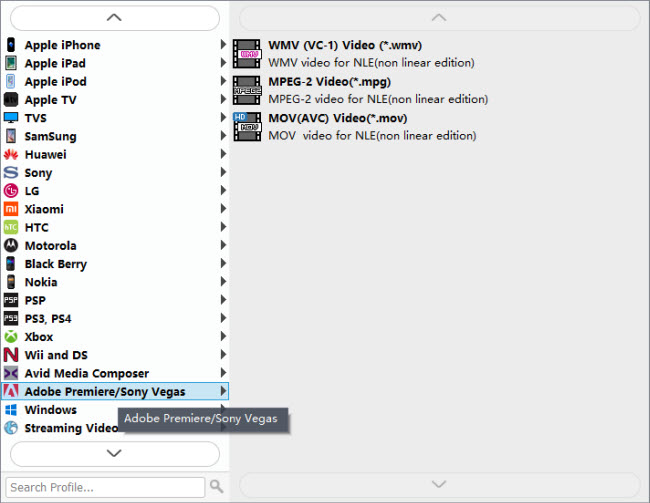

- EXPORT TO MPEG ON ADOBE PREMIERE PRO CS6 FOR MAC CODE
- EXPORT TO MPEG ON ADOBE PREMIERE PRO CS6 FOR MAC TV
These three settings are disabled by default The image on the bottom is with the Use Maximum Render Quality setting enabled. The top image is from a video exported without this function enabled. Still image showing video without (top) and with (bottom) Maximum Render Quality selected You can see the difference in the following still images taken from the same timeline. This is useful when exporting video with lots of movement, but it will increase the video rendering time. The frame rate of NTSC video is 30 (29.97) or 60 frames per second.Ĭ) Use of Render at Maximum Quality, (CS4 and CS6), Render at Maximum Depth (CS6) and Frame BlendingĬS4 and CS6 feature a maximum render quality setting. The frame rate of PAL video is 25 or 50 frames per second. In HD video meant to be played on computers, the main difference between the two formats is frame rate. For example, if your camera produces PAL video, use PAL project settings and export to a PAL video. If you are creating a video for YouTube, just maintain the same video standard through your whole workflow. There are two main standards: PAL and NTSC.

Therefore, the project settings you choose when you open a new Premiere Pro file and your export settings for creating the final video for uploading are based on the format of your original video. One is to try to minimize the number of times the format of the original video is altered. For earlier versions of Premiere Pro make sure that you have selected all the clips that you want to export (as shown in the following image). However, make sure you have clicked on the timeline first. In Premiere Pro, this is accessed by selecting File – Export – Media or Media Encoder. Select Render at Maximum Quality and consider selecting Render at Maximum Depth and Frame Blending.įor exporting high-definition video (HD video) using Adobe Media Encoder.
EXPORT TO MPEG ON ADOBE PREMIERE PRO CS6 FOR MAC CODE
Audio Code and Channels: AAC, Channels: Stereo.You can see YouTube’s recommendations here: Advanced encoding settings. For higher frame rates, you can multiply the figures by 1.5.

These are the recommended settings for what YouTube calls ‘normal quality’. Bitrate Encoding: (Updated October 2014) YouTube and Vimeo now recommend Variable Bit Rate (2 pass).These are especially useful if you want to have very smooth action (e.g., in a gameplay video) and your original footage was filmed at that frame rate. You can also choose the higher frame rate options of 60, 50 or 48. Frame rate: 29.97 (for NTSC) or 25 for (PAL) or 24 (depends on your original footage and/or settings in your video editing program).
EXPORT TO MPEG ON ADOBE PREMIERE PRO CS6 FOR MAC TV
TV Standard: NTSC or PAL (depends on your original footage and/or settings in your video editing program).

Field Order: None, non-interlaced, progressive (different terms for the same thing).Pixel Aspect Ratio: Square pixels (1:1).This article focuses on the most common resolution HD resolution on YouTube: 1920 x 1080. If you are working with 4K video that would be 4096 x 2160 pixels, while 2K video would be 2560 x 1440. If you are using other versions, you may still find the information on this page useful.


 0 kommentar(er)
0 kommentar(er)
